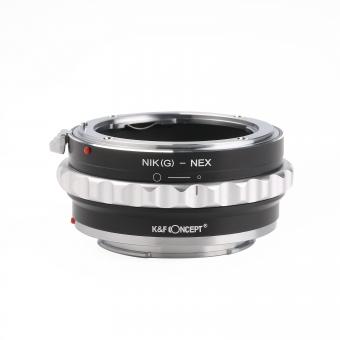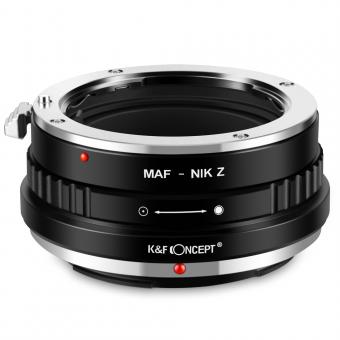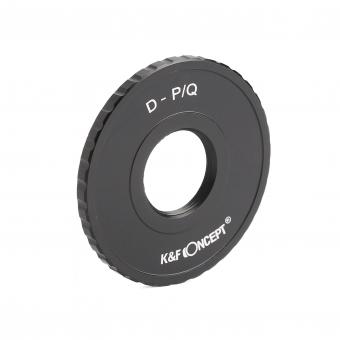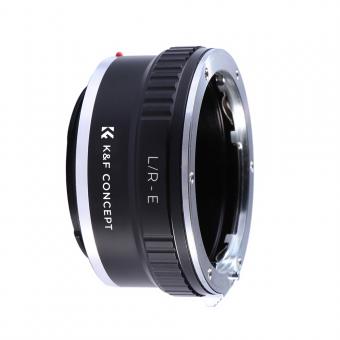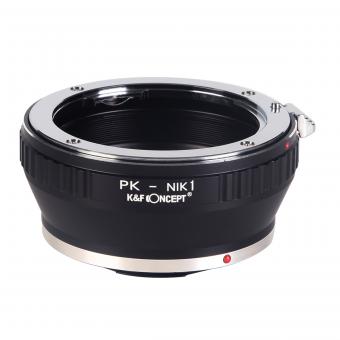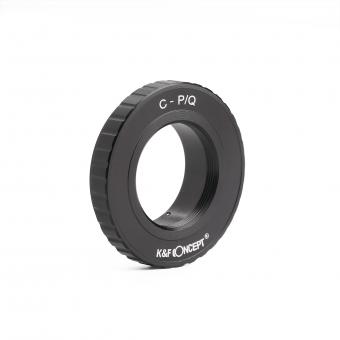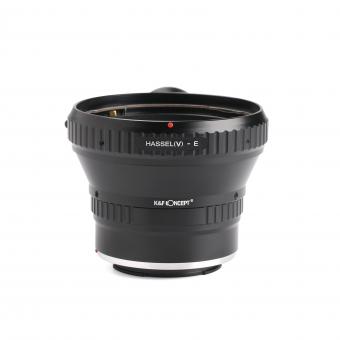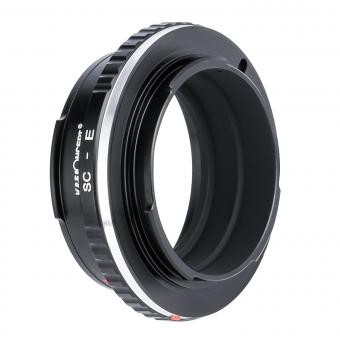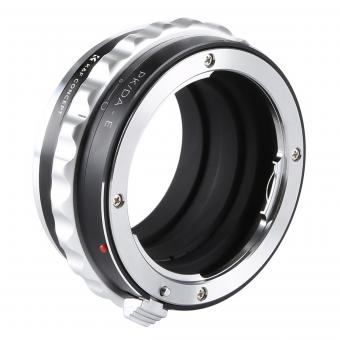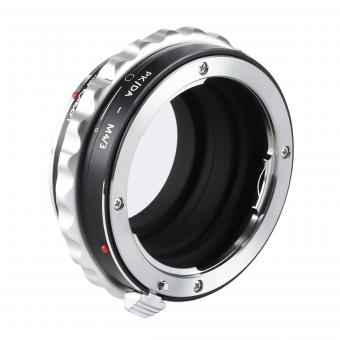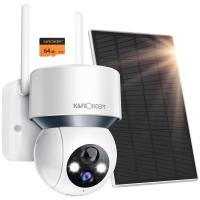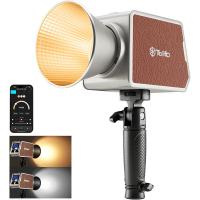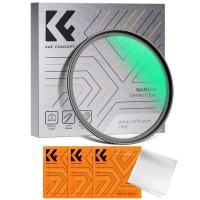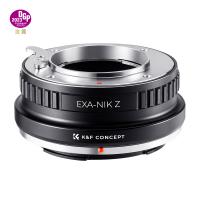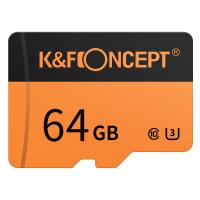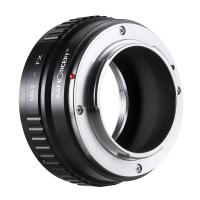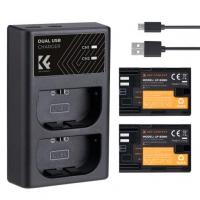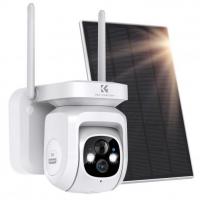What Is A Nikon Z Mount?
The Nikon Z mount is an innovative lens mount system introduced by Nikon for its mirrorless digital cameras. This system marks a significant leap in camera technology, offering several benefits over previous mounts. In this article, we will delve deeply into what makes the Nikon Z mount unique, its advantages, compatibility issues, and its impact on the photography landscape. By the end of this discussion, you should have a comprehensive understanding of why the Nikon Z mount is highly regarded and how it can cater to your photographic needs.
The Evolution of the Nikon Z Mount:
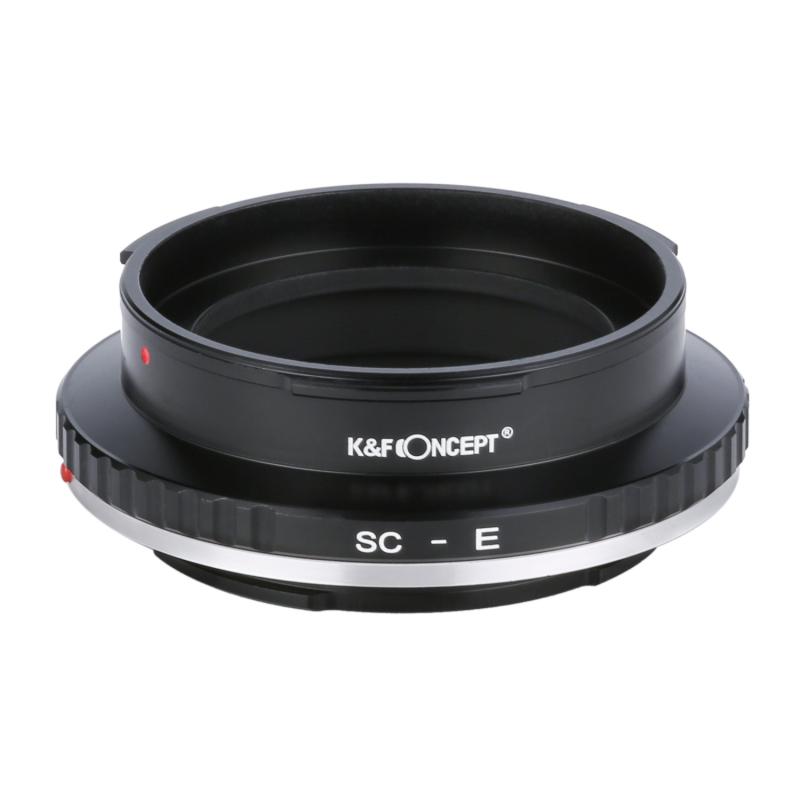
Traditionally, Nikon has used the F-mount since 1959, which has been a robust and versatile standard over decades. However, with the advent of mirrorless camera technology, there was a need for a new mount that could fully leverage modern advancements in optics and electronics. Introduced in 2018 along with the launch of the Nikon Z6 and Z7 cameras, the Z mount was created to meet these new demands.
Key Features of the Nikon Z Mount:

1. Large Diameter:
- One of the standout features of the Z mount is its large 55mm internal diameter. This is significantly larger than the Nikon F mount's 44mm diameter.
- A larger diameter provides several optical advantages. It allows for the design of lenses with larger maximum apertures, which means better low light performance and more creative control over depth of field.
2. Short Flange Distance:
- The Z mount has a short flange distance of just 16mm compared to the 46.5mm of the F mount.
- This short flange distance facilitates the creation of more compact and lighter lens designs, which is crucial for mirrorless systems that aim to offer portability without sacrificing performance.
3. Enhanced Data Communication:
- The Z mount supports faster and more extensive communication between the lens and the camera body. This is vital for features like in-lens stabilization systems, advanced autofocusing, and real-time aperture adjustments.
- The enhanced data bandwidth allows for future technological upgrades in lens and camera communications.
Advantages of the Nikon Z Mount:
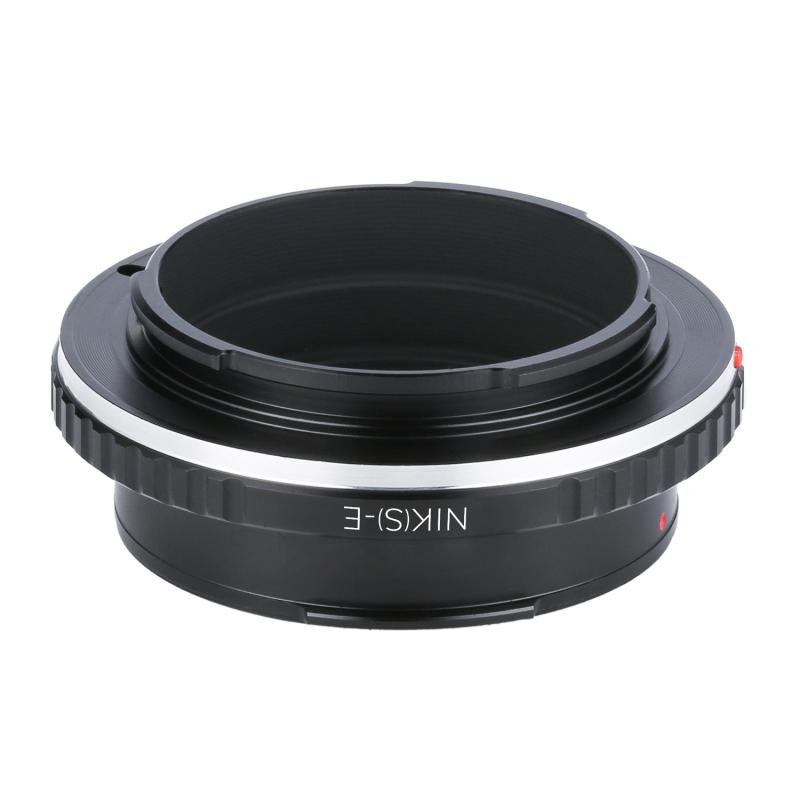
1. Superior Image Quality:
- With the larger diameter and shorter flange distance, the Z mount can accommodate more sophisticated lens designs. This results in lenses that can deliver sharper images with less vignetting and chromatic aberrations.
- The mount's design also enables better edge-to-edge sharpness, making the most of high-resolution sensors in modern mirrorless cameras.
2. Versatility and Adaptability:
- The Z mount is compatible with a wide range of lenses, both new and old. Using the FTZ adapter, photographers can mount F-mount lenses on Z-mount cameras without sacrificing much in terms of performance.
- Nikon's decision to ensure backward compatibility is a big plus for photographers who already have an investment in F-mount lenses.
3. Future-Proofing:
- By allowing for more intricate lens designs and faster data communication, the Z mount has been designed with future technological advancements in mind.
- As cameras continue to evolve, the Z mount promises to adapt and integrate seamlessly with new features and functionalities.
The Z Mount Ecosystem:
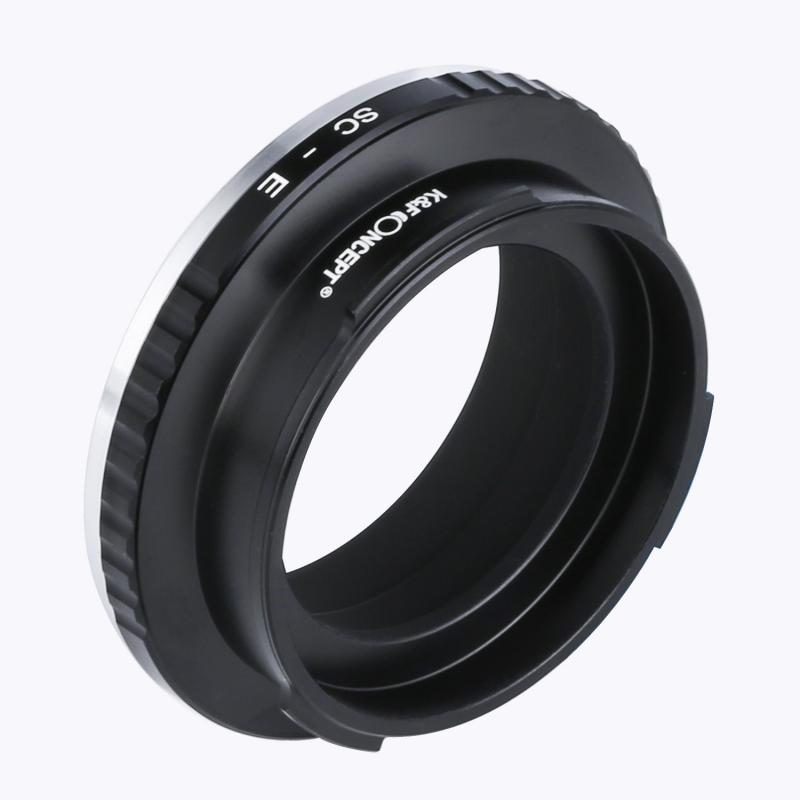
Since its introduction, the Z mount range has seen a rapid expansion. Nikon and third-party manufacturers have introduced a variety of lenses tailored for numerous photography styles and purposes. Here are some notable categories:
1. Standard Zoom Lenses:
- The 24-70mm f/2.8 S lens is a staple for many professional photographers, offering a versatile focal range suited for everything from portraiture to landscapes.
- These lenses benefit from the Z mount's capabilities, delivering superior image quality and performance.
2. Prime Lenses:
- Prime lenses like the 50mm f/1.8 S and the 85mm f/1.8 S are designed to utilize the large aperture capabilities of the Z mount, providing excellent low-light performance and creamy bokeh.
- These lenses are ideal for portrait, street, and everyday photography.
3. Telephoto Lenses:
- The 70-200mm f/2.8 VR S is an example of how Nikon has leveraged the Z mount to deliver exceptional telephoto performance in a more compact form factor.
- Telephoto lenses in the Z series are known for their fast, accurate autofocus and stabilization systems, making them suitable for sports and wildlife photography.
Practical Considerations for Photographers:
For photographers considering a switch to the Z mount, there are several practical aspects to consider:
1. Investment in New Equipment:
- Transitioning to a new mount system often involves significant financial investment. Although the FTZ adapter allows for the use of older F-mount lenses, to fully embrace the benefits of the Z mount, purchasing new Z-mount lenses will be necessary.
- The cost of new bodies and lenses should be weighed against the performance advantages they bring.
2. Learning Curve:
- Switching to a new system may involve a learning curve as you get accustomed to different controls, ergonomics, and features.
- However, Nikon has aimed to make this transition as smooth as possible. Many controls and menu systems are similar to those found on Nikon's DSLRs, allowing for a familiar user experience.
3. Long-Term Benefits:
- Investing in the Z mount system is a forward-thinking choice. The system is designed to provide improved performance and image quality, which can be beneficial as photography technology continues to advance.
- The adoption of the Z mount places you at the frontier of Nikon's imaging technology, poised to benefit from ongoing innovations and improvements.
User Experience and Feedback:
The reception of the Nikon Z mount has been largely positive. Photographers have praised the build quality, image performance, and adaptability of the system. For example, the Z6 and Z7 models have garnered acclaim for their robust features and excellent image quality. Over time, firmware updates and new lens releases have continued to enhance the system, making it more versatile and powerful.
In practice, users have found the transition to the Z mount system to be smooth and rewarding. The benefits of reduced weight and size without compromising on performance have been particularly well-received. Moreover, the backward compatibility with F-mount lenses has alleviated some of the initial investment costs for many users.
Conclusion:
The Nikon Z mount represents a significant advancement in camera technology, offering an array of benefits that cater to both amateur and professional photographers. By providing superior image quality, enhanced versatility, and future-proofed technology, the Z mount sets a new standard in the mirrorless camera market.
For photographers considering making the switch, the investment in the Z mount system is backed by tangible improvements in performance and functionality. As Nikon continues to expand and refine the Z mount ecosystem, it promises to further revolutionize the field of photography, ensuring that users remain at the cutting edge of imaging technology.
Whether you are an enthusiast looking to upgrade your gear or a professional aiming to stay ahead in the rapidly evolving world of photography, the Nikon Z mount offers a compelling case for adoption. With its myriad advantages and growing range of lenses, it promises to be a rewarding choice for years to come.

